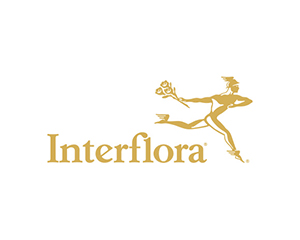

Objective
Our Goal was to drive more order volume compared to the previous year. With branded impression volume reducing by approximately 10% every year, achieving more orders compared to the last year was a tough ask.
Strategy
Christmas is one of 3 main peak periods for Interflora with many people frantically purchasing flowers before visiting family and friends between Christmas Day and New Year’s Eve. Our Christmas Campaign looked to maximise Interflora’s order volume while remaining within budget and cost per order targets. We kept an eye on key data segmentations such as Device/Hour of Day/Day of Week to ensure we were maximising volume when it was at its cheapest and minimising where necessary. Utilised a new strategy for our Google Shopping build such that we segmented the search terms each Product SKU was showing for into brand and non-brand. Doing so allowed us to bid for a much higher impression share for branded traffic due to the elevated conversion rates.
Implementation
Brand
As a very well-known and respected player in the industry, Interflora had traditionally used top-of-the-page organic search results to cover off sales on brand search terms. It emerged that competitors were encroaching on some of this volume through paid ads, so a strategic shift was made to bid on brand during the Christmas 2018 campaign. We utilised the new target impression share bid strategy now available in Google Ads with a more aggressive impression share target to close that 10% decline YoY. Additionally, we looked to improve landing page relevance to bolster our conversion rates (seeing a 12% uplift compared to the previous year).
Non-Brand
The Non-Brand environment was much more volatile in 2018, with a significant number of aggressive competitors coming into the market offering significant discounts on their products. This drove CPCs up significantly (+32% compared to the previous year) making it that much harder to come in under the CPO target.
With no ability to discount significantly over the Christmas period we were also hit by lower click through rates. We had to use the following techniques to maximise volume while remaining within CPO targets:
- Pay close attention to the devices our competitors were bidding more aggressively on. This, typically, was the mobile device segment. As such, we up-weighted our bids on desktop and tablet to gain efficiency while bidding relatively aggressively on mobile to be competitive.
- Applying a strict day parting to maximise volume in the out of peak hours to further improve our overall efficiency.
- Apply heavy upweights on the higher affinity audiences that are currently in the account, i.e. basket abandoners etc.
Shopping
We decided to re-build the Google Shopping campaign set-up allowing us to segment search terms into brand and non-brand. Doing so allowed us to harvest 100% of the impressions on our branded terms which were much more efficient (-47% below the cost per order target). With this efficiency, we were able to push much further past the cost per order target (+54%) on Non-Brand and leverage the efficiency of brand to remain within the target for Shopping as a whole.
Results
- Christmas 2018 vs Christmas 2017
- Brand orders (up 3%)
- Non-Brand orders (up 11%)
- Shopping Orders (up 41%)